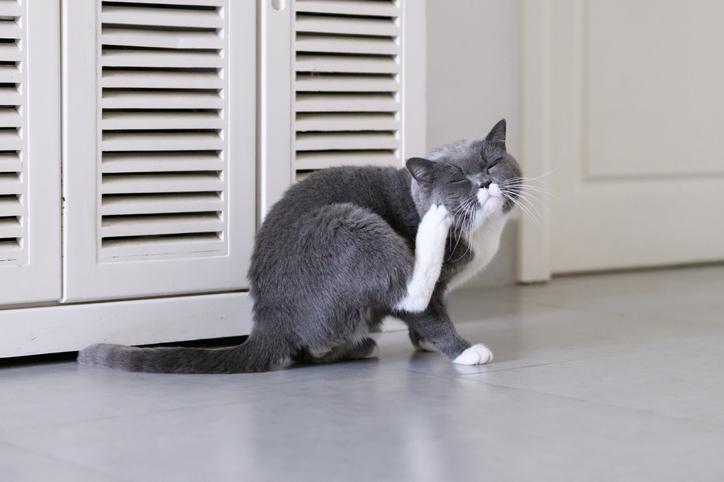Pet owners have lots of choices to make on behalf of their pet’s health. Some critical decisions relate to the right flea and tick prevention steps for your pet…and you. Here are some important factors to consider.
DO’S
Start early: Fleas are worst during warm-weather months, so start preventative steps in Spring and continue throughout Summer. But these pests can be inside your home all year long, particularly in warm weather or humid areas of the country.
Groom regularly. A clean dog or cat is less likely to have a pest problem. A pet shampoo and hot water will kill adult fleas. Use a fine-tooth flea comb to remove fleas and eggs, while dipping the comb into soapy water between strokes.
Clean home. Wash your pet’s bedding weekly in hot water during flea season. Vacuum rugs and furniture frequently, and empty vacuum bags or containers after each use to avoid any flea eggs which have been collected from hatching.
Treat your yard. Address the root cause before a problem arises. A non-toxic home or yard spray will kill pests and eggs before they can attach to your pet. Diatomaceous earth powders can be used outside or even on carpets to kill bugs, but follow instructions carefully before use..
Healthy diet. Skin condition is an indicator of an animal’s overall health and an important factor in flea control. Choose a diet rich in Omega oils and antioxidants to improve skin and coat and boost your pet’s immune system.
Essential Oils. More natural products using essential oils can kill and repel pests while minimizing potential harmful side effects. Cedarwood, lemongrass, rosemary and even peppermint oil are active ingredients in products like Wondercide, which have shown in 3rd party testing to be very effective against adult and larvae pests.
Ask your vet. Get veterinary advice on the right approach to minimize risks for your pet and family. Share your concerns and be sure to tell your vet about any small children or pregnant women in the household. And don’t simply accept their recommendation without bringing up your own research.
DON’T
Chemical free. Popular flea control products like Frontline, Revolution, and Advantage contain active ingredients which are registered as pesticides with the EPA. Read the label and avoid products using fipronil, permethrin, methoprene, metaflumizone, selamectin and pyriproxyfen, all of which can lead to serious health problems including skin irritation, neurological problems, gastrointestinal disorders, and even organ failure.
And definitely avoid all organophosphates and carbamates, two particularly dangerous families of pesticides which have been used for insect control for decades and are known to have toxic effects. These include amitraz, fenoxycarb, permethrin, propoxur, and tetrachlorvinphos (TCVP).
Limit contact. Any topical product applied to your pet can transfer through petting or playing. The Natural Resource Defense Council (NRDC) found that dangerously high levels of pesticide residue can remain on a dog or cat's fur for weeks after treating an animal. The NRDC also found that residues from pesticides used in flea collars were high enough to pose a risk to children and adults who play with their pets. Be particularly cautious of small children and pregnant women coming into contact with recently-treated pets.
No chews. Orally administered products can reduce exposure to other pets and children. However, the FDA has warned against the “isoxazoline class” of chewable flea and tick products used in brand names Bravecto, Credelio, Nexgard and Simparica. The FDA warned of the “potential for neurologic adverse events in dogs and cats…including muscle tremors, ataxia, and seizures” and advises pet parents to consult with their veterinarians before using these products.

